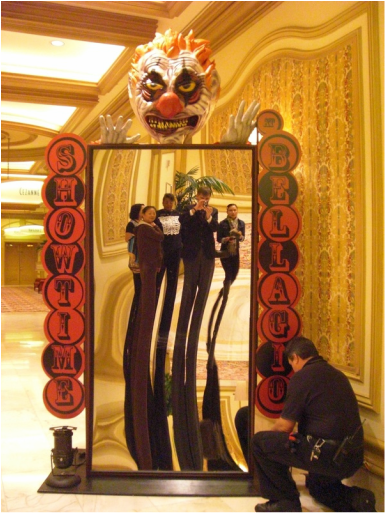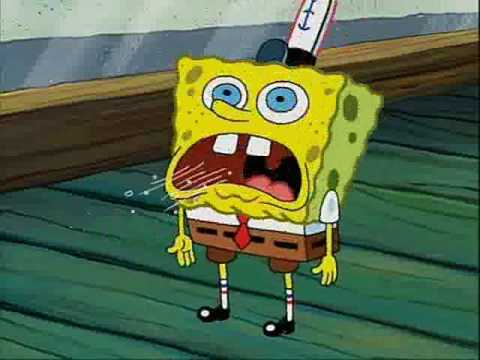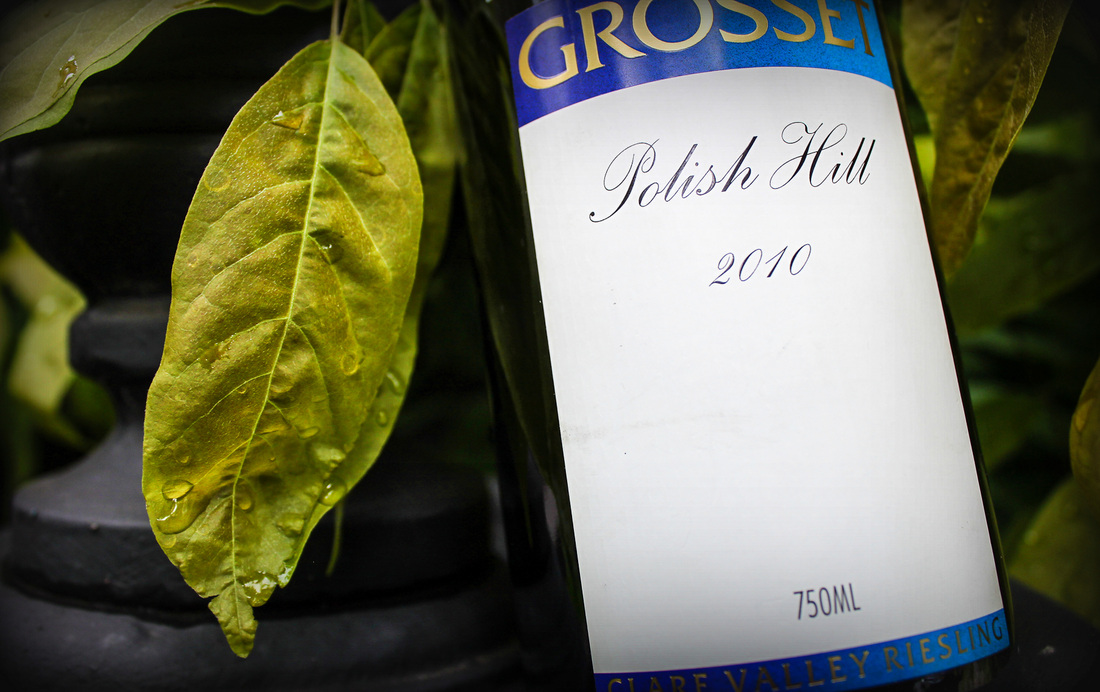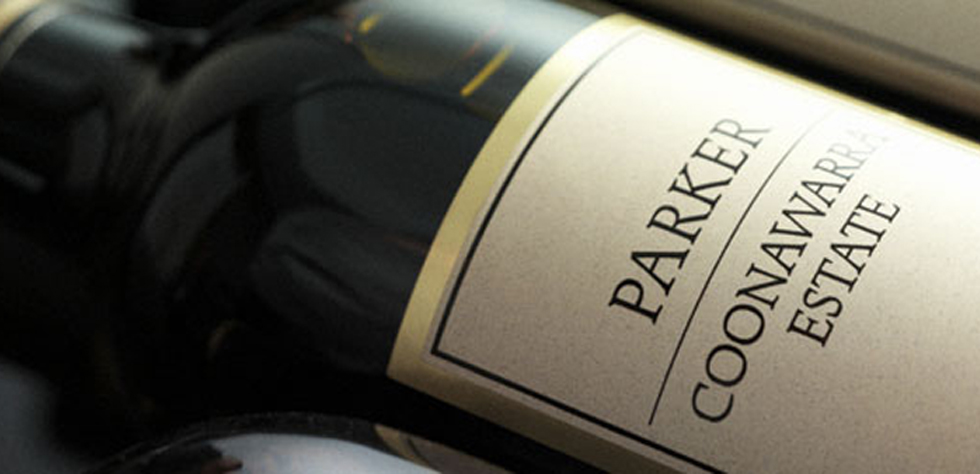n
Alford Korzybski
Behavioral scientists tell us that we are bombarded by over a billion bits of sensory information every second. To cope with this constant overload our brains act as filters keeping only what is absolutely necessary to help us function successfully. So we constantly delete, distort, or generalize incoming information as a survival mechanism. Of the three, generalizing is perhaps the most powerful and effective tool in that it allows us to take a one-time learning experience and map it across to any future experiences that are hopefully similar—or not. In short, generalizing prevents us from having to re-learn how to open every door we encounter or how to respond to each new person who extends their hand to us to be shaken when first meeting them.
That’s the good news. But there’s a downside to generalization as well that ranges from the odd clueless assumption to full-on phobias at the deep end. Consider the phobia for a moment: a powerful one-time learning experience that may traumatize someone for a lifetime unless treated. Pretty remarkable if you think about it. Once locked in, a powerful generalization like a phobia can create a set of beliefs/behaviors that affect anything even remotely connected to the original experience.
On a much lesser scale we as wine professionals all too often create brainiac short cuts by generalizing to make our lives easier. I call them deception points. I’ve been guilty of them from time to time. So have you. It’s always the moment when you say to yourself four very dangerous words: “I already know it.” In saying or thinking we already know something we then shut ourselves off from the possibility of learning anything new. Sound familiar? Then you’ve probably also heard variations of the following accompanied by my not-so-patient commentary:
“All California wines have too much alcohol.”
Sonoma Coast Pinot and Chardonnay, anyone? Corison Cabernet?
“Any wine with over 14.5% alcohol is imbalanced and flawed.”
One word: ludicrous.
“All Bordeaux is too expensive.”
Yes, classified growth is hideously expensive but there are literally hundreds of other chateaux making excellent and very affordable wines.
“All German wines are cheap and sweet.”
For the record, don’t ever say this around me. I might get dangerously excited—at your peril.
“All Mendoza Malbec is commercial and tastes the same.”
Catena Zapata Nicasia? It’s brilliant stuff.
“All Chianti is rustic dreck.”
This one is truly galling. No other region on earth has improved their wines in the last decade more than Chianti Classico. Not convinced? Then you don’t know about the Chianti Classico 2000 project and/or haven’t tasted the wines. The 2012 vintage in particular is superb.
Why do we in the industry tend to generalize so often and on such a grand scale? There’s a simple reason and one that is rarely mentioned or written about:
Wine is not easy.
(FLASH! This just in …)
There is so much to know about wine on so many different levels that no one human being can possibly keep up with it. Combine that with how the wine world continues to change at a blinding pace and we’re almost forced to generalize just to survive and function in our profession. No mention of the fact that the attention span of the major influencers—as in the wine press at large–is incredibly short. I’m almost tempted to be sort of sympathetic to their plight. But not really. Maybe it’s the Sunday e-mails I get asking for a hell of a lot of information (and time) from someone I didn’t even know existed so they can meet their Monday noon deadline. Seriously? But this pressure to come up with the newest, latest, greatest on a non-stop basis puts everything into a constant crisis mode without any room for context much less meaning. It reminds me of SpongeBob when he hyperventilates. It’s also about as useful.
Given all that, I am particularly astounded—and equally annoyed–that Australia has seemingly gone away from the short attention span time-space-continuum that seems to define the wine industry, press and even the public. Certainly the timing with the global financial crisis in 2008 had something to do with it not to mention the masses losing interest in the above mentioned mass-produced fruity plonk. But it’s as if once the wave of animal wines crested a multitude of the country’s best producers were left high and dry with no traction in the market. Many of these wineries are located in cooler climates and make small lots of outstanding and world-class wines. They’ve been pushing the rock uphill since and it’s a very steep hill at that.
It’s time to revisit Australia. Here’s a list of wines you should know. I am not including Grange or Hill of Grace because those are a given. But if you don’t know these wines or haven’t tasted them recently you need to. They belong on the best lists, on top retail shelves, and in cellars everywhere.
Pewsey Vale Riesling, “Contours,” Eden Valley
Grosset Riesling Polish Hill, Clare Valley
No surprise that Riesling tops the list of white wines given my loving addiction to the grape. But perish the thought of anything insipid and sweet here. Tasting either the Contours or the Polish Hill for the first time is much like a not-so-mild electric shock. Both are bone dry and fiercely concentrated with searing acidity and astounding minerality. So much for the Old World minerality New World fruit thing.
Tyrell’s Semillon “Vat 1,” Hunter Valley
Truly one of the free electrons of the entire wine universe. How can it be possible that a wine with such concentration, high acidity, and intensity be made in a sub-tropical climate? And be under 12% alcohol? Early picking, old vines, and an insane selection process have to be among the many answers to this complex riddle. Know that Vat 1 isn’t released until after its fifth birthday and like the Rieslings above has the potential to age for decades. It’s long been one of Australia’s wine icons–and rightly so.
Vasse Felix Chardonnay “Heytesbury,” Margaret River
Every time I hear someone complain/whine that all Australian Chardonnay tastes the same I think of this wine. Put it in a flight of White Burgundy and everyone will peg it as a top Meursault 1er Cru. Tasting the Heytesbury is also guaranteed to open the big can of worms/Pandora’s box called “minerality.” It makes us scratch our heads and think that maybe, for just an instant, we really don’t know everything. By the way, and this shouldn’t surprise you, winemaker Virginia Willcock is one of those people mentioned above.
Yalumba Viognier “Virgilius,” Eden Valley
Confession: I am not usually a big Viognier fan. Maybe it was an LA Wine Competition several years ago where my panel got stuck with tasting 65 California Viogniers under $15 first thing in the morning. By the end of it I felt like I’d been held hostage overnight behind a Walgreen’s perfume counter and force fed Fruit Loops. That said, I will happily make an exception for any of the three Yalumba Viogniers because the winery has more of the grape planted than practically anywhere and winemaker Louisa Rose is as good as anyone making it. Her top end wine is called “Virgilius.” It’s gorgeously perfumed, impeccably balanced, and simply delicious. Tasting it restores my faith in Viognier–and humanity as well.
Tahbilk Marsanne “1927 Vines,” Nagambie Lakes
Perhaps the best kept wine secret about Australia is how good the white Rhône varieties are. In fact, I’m convinced the best wines are on a collision course to match and even exceed anything in the Old World at some point in the not-so-distant future. Exhibit “A” is Tahbilk’s 1927 Marsanne. Unlike most varietally-bottled Marsanne, which so often resembles a massive unfinished wooden bedroom set, the 1927 is sleek and laser-focused offering an almost alarming level of minerality. And like all the above whites it’s known for its ability to age long term.
Yabby Lake Pinot Noir Block V, Mornington Peninsula
Small winery, minuscule production, and very difficult to find–but well worth it. If there was such a thing as a New World Ponsot Bonnes-Mares this would be it. Enough said.
Mount Mary Quintet, Yarra Valley
Mount Mary wines define the phrase “against the grain.” Their Quintet is a starkly etched cool climate Cabernet blend with bright, piercing red fruit, overt herb and vegetal notes, and a dusty/smoky texture. They make no style apologies to anyone here; the Quintet is as far from Les Pavots as the Dog Star.
Yalumba Cabernet-Shiraz “The Signature,” Barossa
Yalumba’s Signature is the best of all worlds: the structure of Cabernet meets the shameless hedonism of Shiraz. What more could you want? More people should make this style of wine—and make it this well.
Parker Coonawarra Estate “First Growth,” South Australia
Parker’s “First Growth” is yet another Aussie wine that’s nearly impossible to find but well worth any effort. It’s easily one of the New World’s great Cabernet wines from Terra Rosa–one of the top Cabernet terroirs on the planet. It’s also a fraction of the price of anything from Napa remotely in its quality tier.
Henschke Shiraz “Mount Edelstone,” Eden Valley
My tasting at the Henschke winery in October of 2010 was nothing short of a revelation; easily one of the top producer tastings I’ve ever experienced (think Sigalas on Santorini; Weil, Egon Müller, and Zilliken in Germany; and LeFlaive in Burgundy). What was so impressive? The perfect, seamless and shimmering texture of all the Henschke wines regardless of their varietal make up (yes, including the Hill of Grace). I asked Stephen Henschke about it and he shrugged it off as no big deal saying that his wife Prue, who oversees all the vineyards, was pretty much responsible. I didn’t buy it then and I’m not buying it now. At their best, Aussie winemakers do texture and tannin management better than anyone else—and there’s no better example than the Mount Edelstone.
Langmeil Shiraz “Freedom,” Barossa (1843)
Another superb expression of old vines Shiraz—as in 170 years-plus old. Very dense, concentrated and yet not heavy—seemingly weightless. A remarkably complex wine from ancient vines; quintessential Barossa Shiraz.
nn



